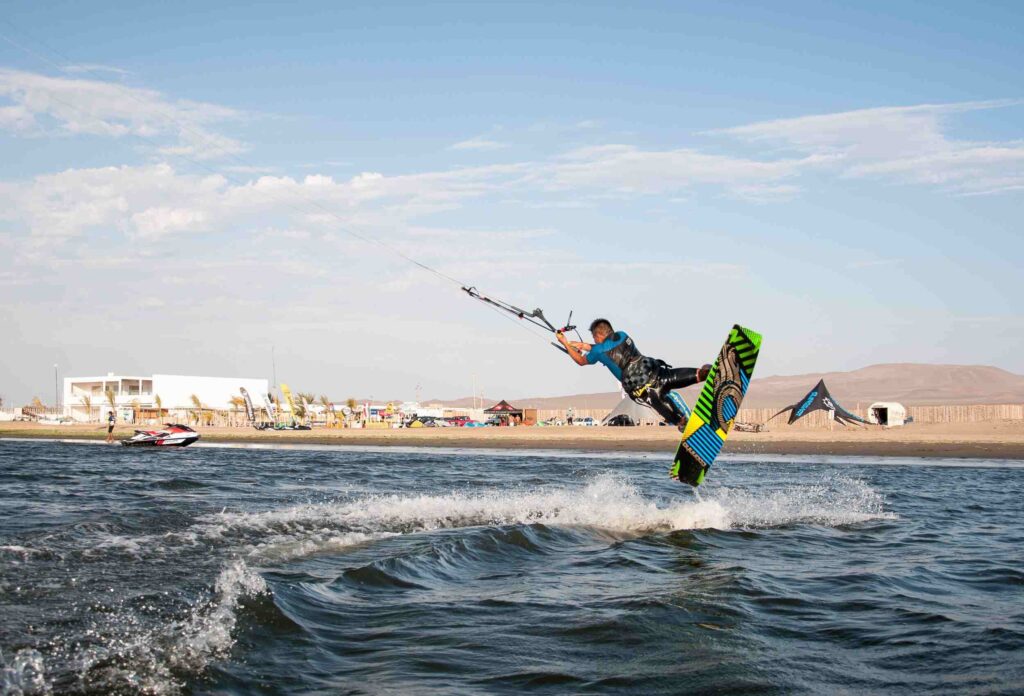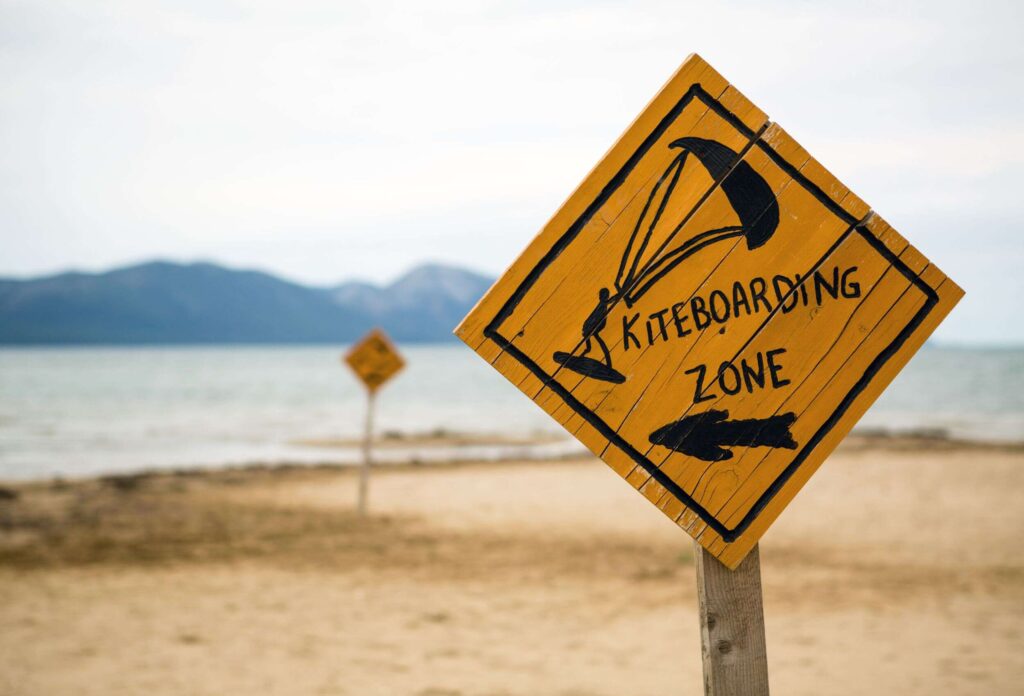Kitesurfing travel insurance is a necessity for those planning to engage in kitesurfing during their trip to another country. It allows you to protect yourself and your equipment from potential risks.
Levels of Kiteboarding Difficulty

Kitesurfing is an exciting form of active leisure that attracts many athletes. It involves riding a special board with a kite in the air, powered by the force of the wind. However, before starting this sport, it is important to determine its degree of difficulty and danger. There are several tiers of kitesurfing difficulty.
- Beginner. At the beginner level, athletes learn the technique of using the board and kite. They start by learning how to launch the kite, control it, and confidently stand on the board. Training takes place in calm water with mild wind.
- Intermediate. At the intermediate level, kitesurfers learn advanced techniques such as turns, jumps, and freestyle maneuvers. They can now practice on larger waves.
- Advanced. The third level involves performing complex tricks in open water with strong wind and waves. Advanced surfers use techniques such as big air, looping, and more.
- Expert. Athletes at the expert level are true professionals who expose themselves to risks. They often surf on big waves in rough seas, demonstrating complex tricks like megaloops and backrolls.
Let’s consider the conditions for kitesurfing in different countries.
| Location | Difficulty Level | Rating | Seasonality | Wind Type | Notes |
| Tarazimba, Turkey | 3 | 4.5 | Autumn-Spring | Southern | Strong wind, suitable for experienced kitesurfers |
| Maui, Hawaii | 4 | 4.8 | Year-round | Consistent | Ideal conditions, plenty of beach options |
| Tarifa, Morocco | 2 | 4.2 | Spring-Summer | Eastern | Budget-friendly option, good wind for progression |
| Cape Town, South Africa | 4 | 4.7 | Autumn-Spring | Southern | Diverse beaches, varying wind conditions |
| Dominican Republic | 1 | 4.3 | Winter-Spring | Eastern | Beautiful beaches, suitable for beginners |
Insurance Considerations
If you are planning a kitesurfing holiday, it is recommended to obtain the best insurance policy for this type of sport.
Kitesurfing equipment is quite expensive, so it is important to have insurance coverage for potential loss or damage. Additionally, injuries can occur while on the water. Kitesurfing travel insurance includes medical support for emergencies.

The price of insurance depends on various factors, including the duration of the trip and the level of coverage. For example, an annual travel insurance with kitesurfing cover will be more expensive than a single-trip policy, as it covers multiple journeys.
Before obtaining kitesurfing travel insurance, it is advisable to review reviews from other travelers regarding the quality of insurance policies. Based on these reviews, you can choose the optimal option that best suits your needs.
FAQ
Depending on the chosen type of insurance, coverage may include loss or damage to kitesurfing equipment, medical expenses in case of injury, and liability towards third parties. It is important to carefully review the policy’s terms and conditions or consult with an insurance advisor before obtaining coverage.
Kiteboarding insurance can be purchased for a single trip, multiple trips, or a year. Choose the option that best suits your needs.
Yes, it is possible. However, the insurance will only take effect after 3 days or after crossing the border into another country. It is advisable to obtain kitesurfing travel insurance in advance to ensure coverage in case of risks.
